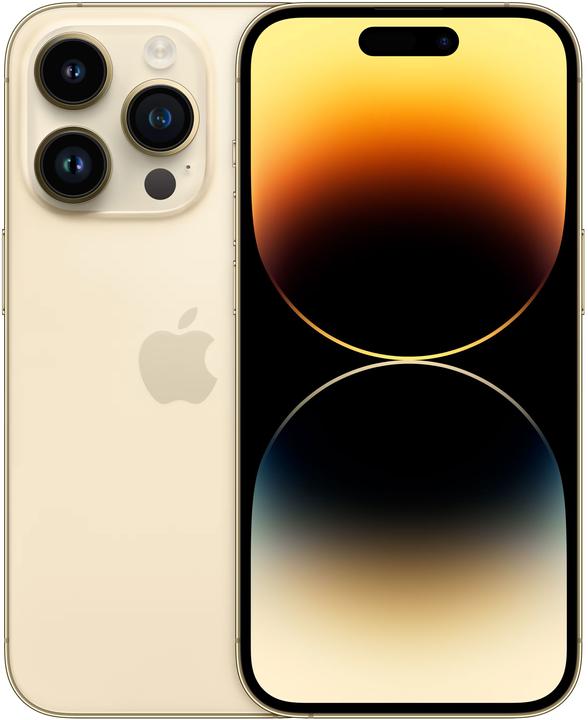
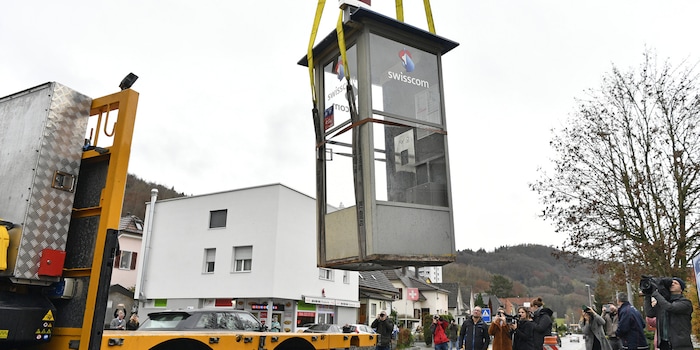
A brief history of (my) telecommunications
I was born in 1974 and have experienced all kinds of communication technologies. I can just about keep up with the latest ones, but I can still give you the lowdown on exciting developments of the past.
Hello! I’m Thomas and I’ve been around for quite a long time. When I was a child, Lego figures didn’t have faces and cars didn’t have catalytic converters. Elvis Presley was still alive, and when someone called the house, we’d wonder who it could be. I’ve had everything from a 1960s handset to a pager to an iPhone 13 mini. Join me on a short journey through my personal history of telecommunications!
1985
When I was 11, there were three ways to get in touch with someone: writing a letter, sending a telegram or phoning them at home. If you wanted to use these three methods of communication, there was a company called PTT. Its logo was known nationwide. Not least because there were four times as many post offices as there are today.
When you called a friend from school, you never knew who’d answer. Or if anyone even would answer. Maybe someone caught them. Maybe it was their mum, who banned any leisure activity she saw as dangerous or unnecessary before we even decided on one. Sometimes, it was a gruff father who answered the phone. When he was in a good mood, he joked as his son shuffled out of the room: «I want you back in a couple of hours!»
Conversely, it was always exciting to run to the rattling, ringing telephone thinking: «who could it be?» Most of the time, of course, it was someone who wanted to speak to my parents, but several times a week the voices I heard were my grandparents’, and I loved talking to them for ages. They called us with their fantastic 1960s upright phone with a rotary dial in the base.

Source: Post.ch
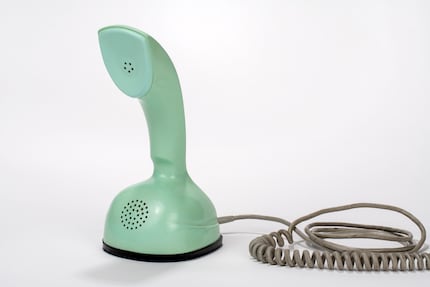
Source: Shutterstock
1995
In 1994 I left home and moved from sleepy Wädenswil to the bright lights of Zurich. Now I had my own phone connection – and a pager. It was a small device with its own number. If someone got in touch, I could see who was calling on the display. All I had to do then was go to one of the oddly smelly public telephone booths around and call them back. Brilliant! Unfortunately, my friends weren’t nearly as enthusiastic about technology as I was and hardly ever used this function. Tragically, I actually called my own pager.
1995 saw the launch of Natel D devices. In contrast to the giant Natel C cases that were usually only built into cars, these were slim and beautiful. I was the first person I knew to have one and was willing to pay 79 centimes per minute. It didn’t bother me at all. On the contrary, I considered the horrendous cost a necessary expense to be a member of the Futurist Club.
Back then, you were considered extremely irritating if you actually used a phone like the Natel D. You found yourself being stared at, often with disgust. If someone called me while I was on the tram, I either said very quietly: «I’m on the tram, I’ll call you back!», or I got off and only pulled the antenna out of my Nokia 2110 when I was outside. The experience left its mark. To this day, I really don’t like using my phone in public, so any calls I do make or take are quiet and brief. My partner calls it «Thomi’s tram voice».
I kept my home landline. Once mobile phones existed, it was called the fixed network. And it was much cheaper. There were still phone boxes around. We mainly used them when the weather was bad to roll joints sheltered from the wind. To my outrage, the canton of Zurich area code was changed from 01 to 044.
If anyone writes a product review on Galaxus using the word «Natel», I know they’re the same age as me.
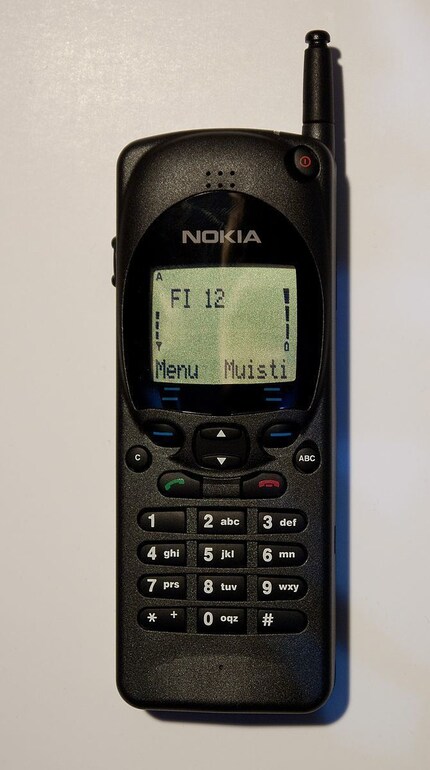
Source: Wikipedia
2005
Before long, a lot of people had mobile phones, but we were still a little ashamed to speak to others at a normal volume and length. Back then, there were signs on the tables at Confiserie Sprüngli that kindly forbade customers from using them.
However, talking on mobile phones was no longer that appealing anyway, because you could also use them to write. Although it was extremely laborious: you had to press 3 twice to get an «e» and 4 four times for an «i». But we all quickly became very adept at it, as well as at shortening our messages. We only had 160 characters to work with.
Like e-mail, SMS was great at first. Whole worlds opened up for humour and romance. Nothing was more exciting than receiving «1 new message» from a new acquaintance. And nothing was more devastating than sending one yourself and then never hearing from them again.
Over time, a horrible weakness of this technology became apparent: problems that arose in friendships and relationships were no longer discussed in person, only in writing. It didn’t solve things; it made them much worse.
The lesson I quickly learned back then, but foolishly refused to put into practice for years, was that Messenger and e-mail are great for organising things, jokes and smut. But they’re absolutely useless for resolving conflict. Written communication creates too much distance. Both sides resort to unpleasant stubbornness and eventually to verbal retaliation. By three messages in, you sound like a Kremlin spokesman.
I’ll be blunt: if you’re experiencing conflict with someone, don’t text, message or email. Keep your hands off your phone, literally. It doesn’t work. It just makes things much, much worse.
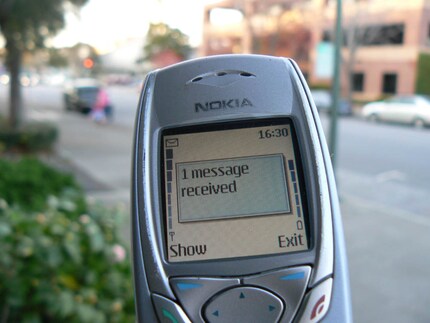
Source: Ken Bank, Kiwanja.net
2015
In the mid-2010s, technology was at a level that I’d never have dreamed of 30 years earlier. I was able to send my family photos of my young son – he had brought us much closer together anyway, but our iPhones made it even easier. I could always have part of my considerable music collection with me, as well as my most important business documents. I could – oh, why am I rambling, you all know all the things a smartphone allows you to do.
Ten years ago, however, there was still a degree of etiquette. Nobody put their phone on the table during a meal. Hardly anyone discussed private matters over the phone in public. No one would just pick up a call or reply to a message mid-conversation. There was a divide between time spent with people and on smartphones, which was explicitly illustrated by telling others off for using their phones instead of paying attention to the person they’re with.
Now
This divide no longer exists. Anyone on a tram or train is brazenly exposed to noise from all sides. Young people in particular watch videos at full volume and apparently give no thought whatsoever to whether it might disturb anyone around them. If you’re out with a friend and their phone – which is always to hand – rings, you should be grateful if they give you a quick «Sorry» before they answer. If that bothers you, you’re seen as being awkward – or as it’s called today: a boomer.
(At this point, I’d like to point out that so-called baby boomers were born 20 years after the end of a war. I was born ten years afterwards, so clearly too young to be called that, but when I recently pointed this out to my son, he merely remarked dryly that it was a «boomer thing to say.)
Anyway, the machines have won. They’ve embedded themselves deep into our lives and consciousness. I’m no exception, of course. If I want to read a book, I’m not choosing the book. I’m deciding against my iPhone.
Sadly, many friendships these days are limited to the occasional text exchange. You might be trying to organise meeting up, persevering for several days before finally giving up. Until the next time it’s someone’s birthday. Just calling and chatting is very rare. And, even if you do manage it, you have to make an appointment for it. If someone had told me in 1995 that I’d be texting friends and trying to make an appointment to call them, often unsuccessfully, I’d have called them a dystopian weirdo.
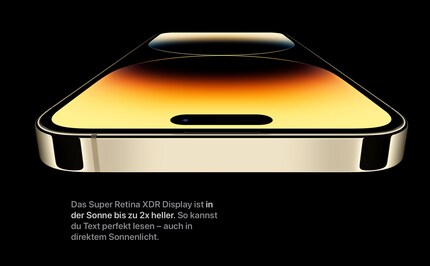
Source: apple.com
But I’m still trying and continue to call people. However, younger people don’t answer their phones on principle and laugh at you for even using the call function (the «boomer function»). Even Apple exclusively talks about all of its other features, videos, photos and games on its website.
I already don’t get certain things anymore, at least not as quickly as others. My partner, who’s 12 years younger than me, keeps showing me new apps. Canva, for example. It would actually be great for my Instagram posts, but I can’t manage to use it. I struggle with Instagram, too, to be honest. It took days for me to finally understand the difference between a «story», a «post» and a «reel», which my partner found hilarious.
By the way, you can recognise me by the fact that I use WIRED in-ear headphones. I refuse to switch to Bluetooth because it emits 2.4 billion electrical pulses per second. I don’t want that in my ears. I don’t even want it in my car. I use a cable to connect my iPhone in the car too. I like to listen to acid when I’m driving. It’s a techno flashback from a time when the landline was still called a «telephone» and you actually still talked to your friends. Even if you had arguments with them. Forgive me if I feel it was a better time. Not least because of the terminology.

Header image: The last telephone booth in Baden being removed in 2019. Source: Keystone
Author Thomas Meyer was born in Zurich in 1974. He worked as a copywriter before publishing his first novel «The Awakening of Motti Wolkenbruch» in 2012. He's a father of one, which gives him a great excuse to buy Lego. More about Thomas: www.thomasmeyer.ch.
Interesting facts about products, behind-the-scenes looks at manufacturers and deep-dives on interesting people.
Show all

